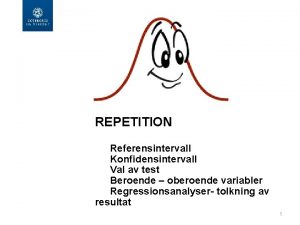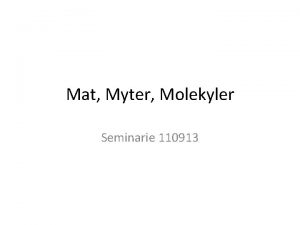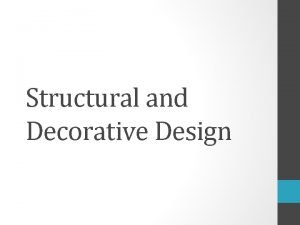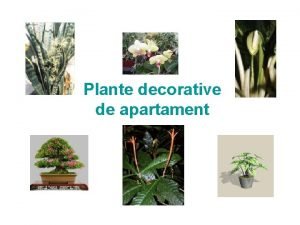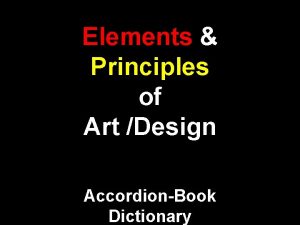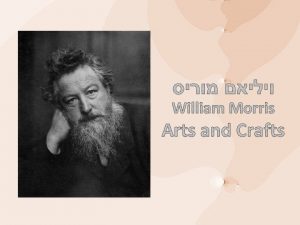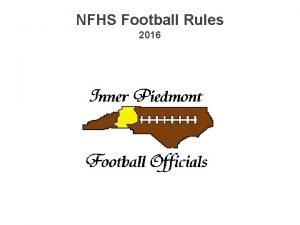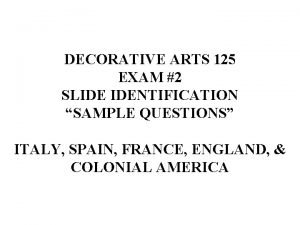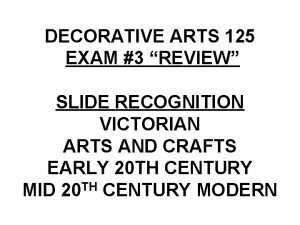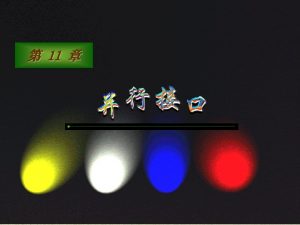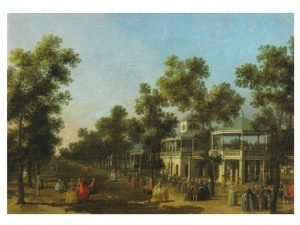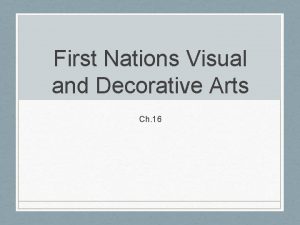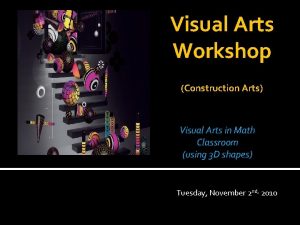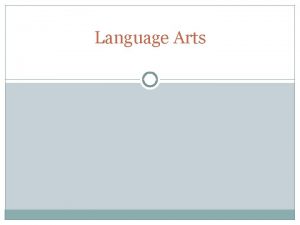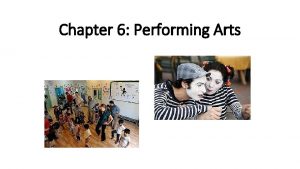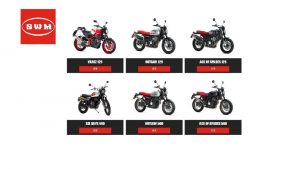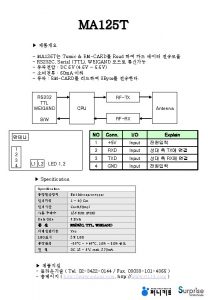HISTORY OF DECORATIVE ARTS INTE 125 EXAM 1






















- Slides: 22

HISTORY OF DECORATIVE ARTS, INTE 125 EXAM #1 SAMPLE QUESTION

1. This Egyptian temple is built with a post and lintel system, otherwise known as: a trabeated b transom c transept d tatami e tracery

2. This royal Egyptian throne chair belonged to: a Hetepheres b Ramesses c Tutankhamun d Osiris e Nefertiti

3. These tomb Egyptian wall paintings were preserved 5, 000 years by applying tempera paint to wet plaster. This ancient art of wall and ceiling decoration process is known as: a frieze b fret c fascia d mosaic e fresco

4. These enormous ceramic storage jars standing 5 ft. tall held olives, grain and wine at this location: a Megaron b Parthenon c Temple of Ramesses d Palace of Knossos e Akrotiri

5. This classical architectural order is called: a b c d e Corinthian Ionic Tuscan Doric Composite

6. This ancient 4 -legged seating piece of Greek Furniture was known as: a klismos b kline c lectus d fulcrum e diphros

7. This classical decorative motif-> (center section) is known as: a b c d e bead & reel guilloche anthemion egg & dart Greek key

7. In Roman times as today, the architectural name for an open courtyard in the center of a building is called: a vestibule b colonnade c portico d atrium e megaron

9. Instead of being round or drum-shaped and freestanding, this column is applied flat to the wall and is known as a: a pediment b pylon c pendentive d pilaster e pedestal

10. The Roman arch is supported by a single angled shaped stone in the top of the arch called: a spandrel b vault c piers d squinch e keystone

11. Painted murals representing architecture or materials or scenery not actually present is known by this French term meaning “to fool the eye” is called: a b c d e tessera chorinthian trompe l’oeil tracery triclinium

12. This architectural detail allowed architect of the Gothic Period to build taller cathedrals: a fluting b pendentive c fretwork d fresco e flying buttress

13. This Gothic Period wainscot chair is decorated with carved panels covered in this vertical motif: a arcade b rondels c acanthus d festoon e linenfold

14. The geometric pierced work of this marble window lattice is typically utilized in both of the following cultures: a b c d e Islamic/Indian Greco/Roman Korean/Japanese Italian/Egyptian/Greek

15. Carving patterns into marble and inlaying semi-precious stones is an example of: a pashmina b porcelain c pilaster d pietra dura e parquetry

16. This Chinese arm chair is typical with parts including: stretchers and splat connecting to the top horizontal member called: a mortise and tenon b dovetail c crest rail d miter e apron

17. This popular Chinese inlay and lacquered multi-paneled screen was shipped in trade to the West and named for this East Indian Coastal Trade route: a Cinnabar b Caryatid c Coromandel d Corinthian e Cartouche

18. Chinese bronze production began 1500 BC. Bronze is an alloy of these two elements: a nickel/lead b copper/tin c copper/zinc d lead/tin e silver/brass

19. This typical Japanese home contains which of the following elements: a tatami b tokonoma c ikebana d shoji e contains all

20. This group of vases shows the process of applying wire and glazes to Asian decorative metal work known as: a cloisonne b chinoiserie c porcelain d lacquer e cinnabar

END OF SAMPLE TEST
 Parat t test
Parat t test Varför löser sig inte mjöl i vatten
Varför löser sig inte mjöl i vatten Creative arts grade 8 exam papers 2021
Creative arts grade 8 exam papers 2021 World history spring final exam review answers
World history spring final exam review answers World geography spring final review
World geography spring final review Us history final exam study guide
Us history final exam study guide World history semester 2 review
World history semester 2 review World history final exam review
World history final exam review Ap world history leq rubric
Ap world history leq rubric Ap world course and exam description
Ap world course and exam description Us history semester 2 review
Us history semester 2 review Edexcel gcse history crime and punishment past papers
Edexcel gcse history crime and punishment past papers Crack ap world history
Crack ap world history World history 1st semester final review answers
World history 1st semester final review answers Chemistry fall semester exam review answers
Chemistry fall semester exam review answers World history semester exam
World history semester exam Ib questions
Ib questions Discuss what is structural design and decorative design
Discuss what is structural design and decorative design Types of design structural and decorative
Types of design structural and decorative Inmultire ficus
Inmultire ficus Two dimensional decorative visual repetition
Two dimensional decorative visual repetition Wallpaper - hyacinth, pattern #480
Wallpaper - hyacinth, pattern #480 Decorative markings in the end zone
Decorative markings in the end zone
